Graham Reid | | 4 min read
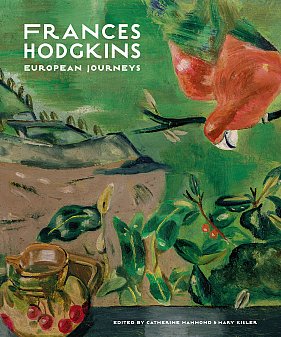
There is a delightful little watercolour – smaller than an A4 sheet – painted by Frances Hodgkins in 1930. It is of a gateway on the Riviera.
She was 31 and on her way to Britain and it seems that this was the first painting she did outside of New Zealand which she had recently left for the first time.
If that is so, it is a wonderfully emblematic work: women in the mid-ground walk towards the stone arch in the wall where the sky is framed as a bright and optimistic blue. Such clouds as there are do not detract from what seems like the promise of an uncertain future glimpsed, embraced and captured in this one resonant moment as the artist moves towards a new and beckoning world.
After the constraints of Dunedin in the Twenties – a vibrant artistic community but hardly the nexus of the artistic changes powering through Europe in various -isms and schools – Hodgkins was embarking on a personal and artistic journey to that ever-changing and challenging world.
Her reputation at home had been assured by various exhibitions but it was to Europe she must go to test and find herself.
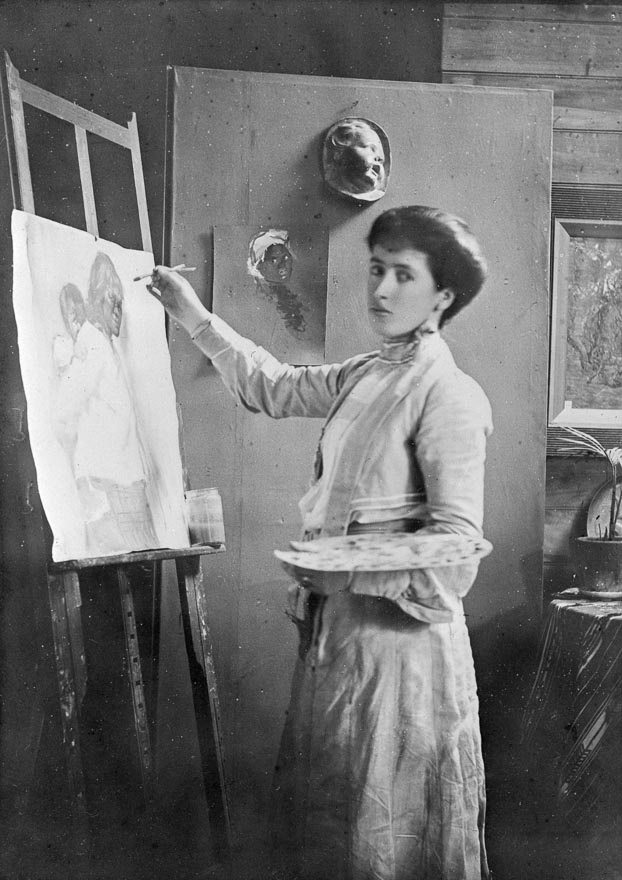 In this beautifully illustrated book – dozens of her exceptional watercolours and increasingly diverse oils alongside period photos and postcards, reproductions of catalogue covers and the work of her peers – the editors have pulled together insightful essays of their own alongside those by Hodgkins' specialists at home and abroad.
In this beautifully illustrated book – dozens of her exceptional watercolours and increasingly diverse oils alongside period photos and postcards, reproductions of catalogue covers and the work of her peers – the editors have pulled together insightful essays of their own alongside those by Hodgkins' specialists at home and abroad.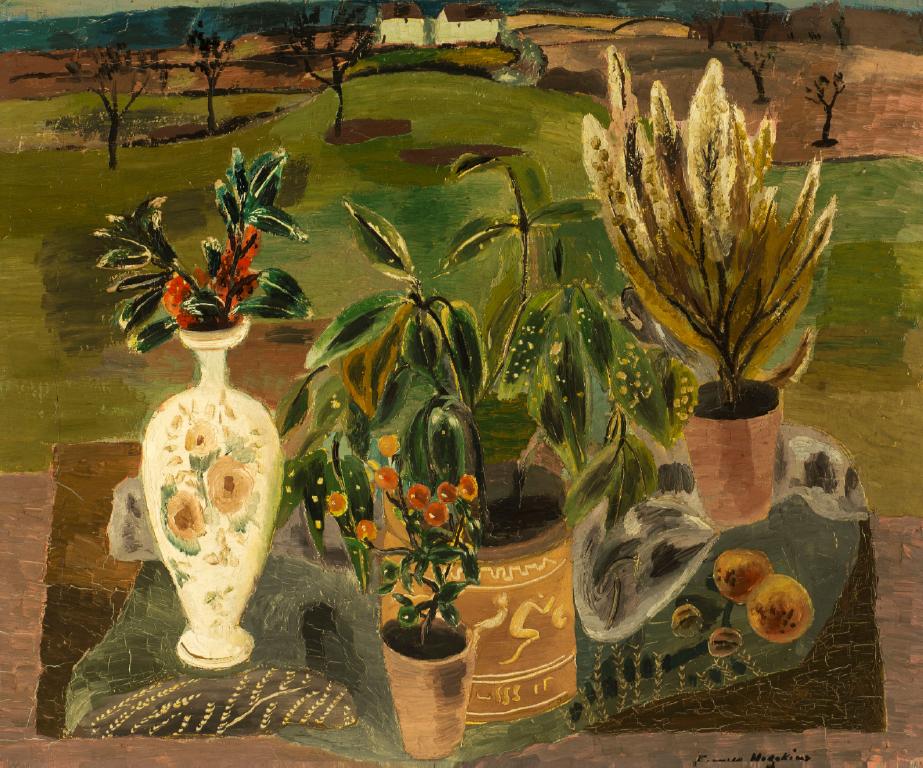
Taken together in their chronological account they offer the broad sweep of Hodgkin's work but also some intimate detail of the peripatetic artist's life on the far side of the world where her work – notably her oils – stretched and shifted in new directions as contemporary ideas and fresh vistas appeared before her.
One of the few but occasional criticisms of Hodgkins in this period – 1901 until her death in '47, two brief trips back to New Zealand in that time – is that she was stylistically unsettled, not a charge anyone would level at Picasso, Cezanne and others however.
The authors chose wisely not to mount a defensive argument against that rather parochial and baseless comment but let the times, her many and various locations, the inspirations and the works inform this overview. And Hodgkins got around, sometimes out of curiosity, sometimes when funds required a more modest locale and other times when war intervened.
She spent time in about 20 cities, towns and villages around England, there were periods in just as many places France (in Paris in 1908 she became the first woman to be appointed instructor at the Académie Colarossi), more than half a dozen in Italy, and then a few sojourns in Belgium, Holland, Italy, Morocco, Scotland, Spain and Wales.
And everywhere – even when in Cornwall after 1914 and restricted from sketching outdoors by wartime edict – she worked: sketched, produced those impressive watercolours, and worked in oils.
Her oil paintings during the Thirties became increasingly exceptional, the easy fluidity of Monastery Steps painted in Ibiza in '33 is outstanding. Her friend Henry Moore would later note how she would work up paintings such as this from sketches and that the oil would mutate over time before completion.
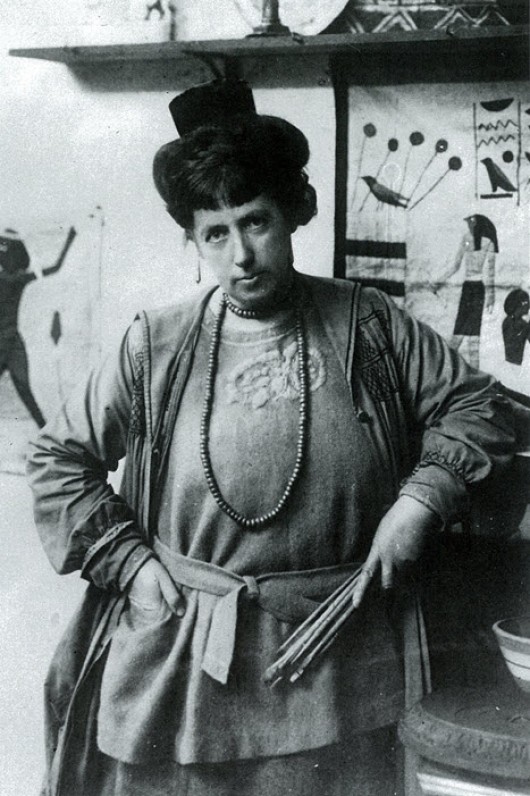 Hodgkins had many such esteemed admirers and artistic peers as well as galleries and dealers with whom she communicated.
Hodgkins had many such esteemed admirers and artistic peers as well as galleries and dealers with whom she communicated.
One largely unanswered question here seems to be this: How did Hodgkins – who moved as often out of whim as necessity – pay her way?
Certainly there were a few salaried positions, modest prize money, the generosity of friends and annual exhibitions at home and abroad. But sales figures aren't mentioned.
Her occasional bouts of penury certainly are . . . and yet she carried on, often rowing against the currents, sometimes with them. She was by nature economic and prepared to suffer discomfort to continue her calling.
Her work where interior and exterior co-exist in interesting and sometimes deliberately ill-defined space get necessary attention and Hodgkins was a confident colourist.
Across these essays – Auckland Art Gallery Toi o Tamaki conservator Sarah Hillary contributing an insightful chapter on Hodgkins' techniques and materials with X-ray analysis of some works – the contributing writers* take us into the artist's various worlds noting how landscape and environment as much as her engagement with the tides of changing styles informed her work.
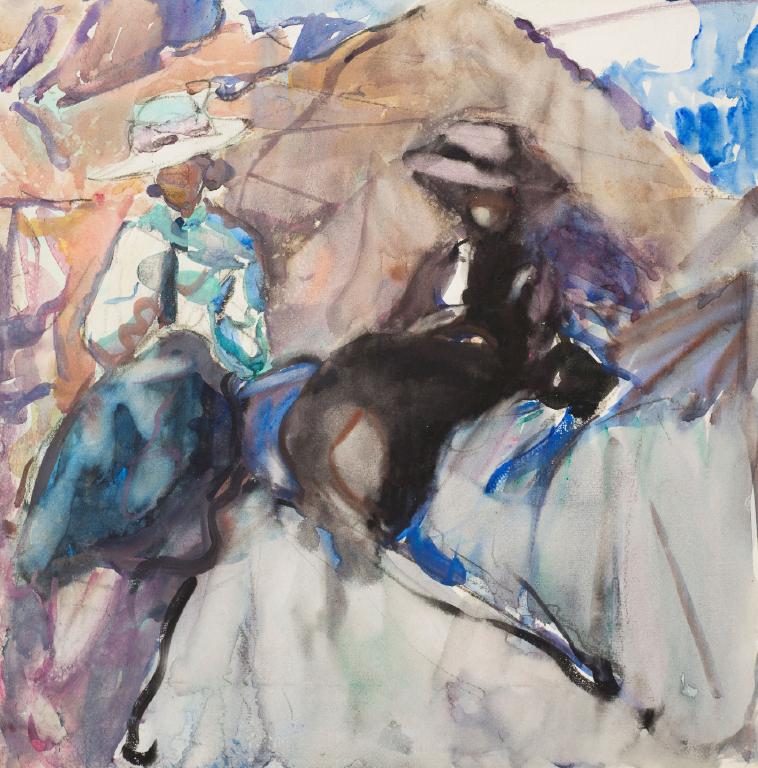 Towards the end of these lively, well annotated and handsomely designed 260 pages published to celebrate the 150th anniversary of the artist's birth, the co-editor and writer Mary Kisler of the Auckland Art Gallery Toi o Tamaki quotes the British critic Myfanwy Evans writing recently: “The present affected [Hodgkins] transitorially – she shook the cocoon threads of influence off steadily, year by year, until, at about 60, she emerged like a butterfly, unlike any known species of butterfly save in her brilliance and her delicacy”.
Towards the end of these lively, well annotated and handsomely designed 260 pages published to celebrate the 150th anniversary of the artist's birth, the co-editor and writer Mary Kisler of the Auckland Art Gallery Toi o Tamaki quotes the British critic Myfanwy Evans writing recently: “The present affected [Hodgkins] transitorially – she shook the cocoon threads of influence off steadily, year by year, until, at about 60, she emerged like a butterfly, unlike any known species of butterfly save in her brilliance and her delicacy”.
These are fine, poetic and complimentary words.
But the suggestion that Frances Hodgkins was somewhat of a late bloomer (she died at 78) is given the lie many times over in these pages where over decades you witness the controlled, sometimes symphonic muscularity of her oils and the often featherlight delicacy of those watercolours which illuminate these persuasive and very readable pages.
* Contributors to this book include Catherine Hammond, researcher and curator at the Auckland Art Gallery Toi o Tamaki; curator, writer and author of Frances Hodgkins: Femme du Monde (2009); Elena Taylor, senior curator of the University of New South Wales Art Collection; journalist, poet and writer Antoni Ribas Tur of Barcelona; British academic, art historian, biographer and critic Frances Spalding CBE, and curator and researcher Julia Waite at the Auckland Art Gallery Toi o Tamaki.
Frances Hodgkins; European Journeys edited by Catherine Hammond and Mary Kisler is published by Auckland University Press. $75
The exhibition Frances Hodgkins; European Journeys opens at the Auckland Art Gallery Toi o Tamaki on Saturday May 4 and will tour to Dunedin, Christchurch and Wellington in 2020. For more information see here.

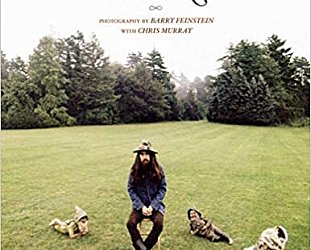
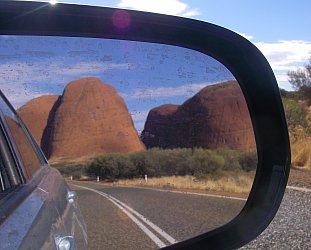


post a comment